When you look at most existing businesses today, you commonly see a clear divide into a few core areas of focus throughout the product/service lifecycle. We break down this lifecycle into four main focus areas (we refer to them as quadrants):
- Build: creating or evolving something
- Operate: keeping it running
- Support: enabling customers
- Grow: growing adoption
This lifecycle is a crucial process for any business that wants to remain competitive in its industry. It covers the various stages a product goes through, from the initial design and development, its evolution, to its eventual decline and deprecation. First, this article will explore the different phases of the product lifecycle at a high level. Then, we will cover each in further detail in dedicated posts.
NOTE: while these may primarily apply to a product/service, they are equally relevant to the company and its people.
Build

The Build quadrant is the first stage in the lifecycle and focuses on building new things (e.g., companies, skills, new features, etc.) or the evolution of existing ones (e.g., enhancing features).
During this phase, companies may (should) conduct market research to understand their customers’ needs and desires, identify potential competitors, and assess the feasibility of the product. Upon completion of this initial research, work begins on the design (product requirements definition (PRD), UI/UX designs, etc.) and then the build of a prototype or first iteration. Once the prototype is tangible, the product is tested and refined to ensure that the product meets the needs of the target market. NOTE: while some things may not call for a prototype, gathering feedback and iterating to enhance the product is imperative. For example, think about the alpha of a product and how much it changes before general availability.
While we may focus on the product/services related to actual goods (software, service, goods), the build piece is equally as crucial for building the company and its internal services (e.g., founding, HR, training, finance, etc.) For example, when we started DevRev, we initially focused on building the company (trademarks, branding, funding, ideation/value-prop), then started to focus on building the product. Ensuring focus on both is extremely important.
Systems
Like any of the quadrants, utilizing systems/software to optimize workflows can range from zero to hero (with a messy middle). The key for these systems is something that can allow you to innovate rapidly, track work items, provide accurate status of those work items, and not get in the way of the people building the product.
The following are some commonly used systems for Build:
- UI/UX Design
- Figma
- Canva
- Work Management
- Atlassian JIRA
- DevRev
- Linear
- Asana
Methodologies
We won’t go too deep here as this can rapidly become a “religious” debate. The system/tool choices may also dictate the methodology used as some align for specific methods (e.g., JIRA for Agile, etc.)
The following are some commonly used methodologies for software development:
- Waterfall
- Agile
- Scrum
- Kanban
- Extreme Programming (XP)
- Lean Software Development
- DevOps (this runs across some quadrants)
- The list goes on…
To learn more about Build visit HERE
Operate

The Operate quadrant is where the product is made available to some target market (internal or external), is monitored, and must be operational. During this stage, companies may focus on creating some awareness of the product and building brand recognition. They need to identify the most effective marketing channels to reach their target audience and create a compelling message that resonates with them.
When anything bad happens, the team must work to restore services back to normal. These disruptions are commonly referred to as incidents. An incident is any event that has a potential customer impact. This could include things like service outages, performance problems, or anything else impacting the customer (internal or external).
Typically incidents will have a notion of ‘impact,’ which is used to determine the effect of the problem. These could range from minor items that are transparent, to issues with workarounds, to total service outage.
Systems
Like any of the quadrants, utilizing systems/software to optimize workflows can range from zero to hero (with a messy middle). The key for these systems is something that will provide the visibility and alerting required when, or before, things go wrong. Persistence is key here as well, as the ability to retroactively go and troubleshoot something is absolutely essential.
The following are some commonly used systems for Operate:
- Monitoring
- DataDog
- Better Uptime
- Alerting
- DataDog
- PagerDuty
- Incident & Service Management
- Atlassian JIRA
- DevRev
- BMC Remedy
- ServiceNow
Methodologies
The following are some commonly used methodologies for software development:
- DevOps
- ITIL
- COBIT
- Lean
- Six Sigma
- The list goes on…
To learn more about Operate visit HERE
Support

The Support quadrant is where companies provide ongoing maintenance and support for the product. This involves addressing any technical issues customers may have, troubleshooting any problems, and escalating certain items development (some may kickoff the Build quadrant to resolve a bug/defect or to provide new functionality).
Support is where you’re working with your customers/consumers and helping them if need be. This is one of the most important aspects of any company, as you can fix a bad product with good support, but not vice-versa. When talking about support, this doesn’t just mean support agents. Support is more of a theme where everyone from Sales to PM to Support needs to work together in a coordinated manner to help the customer.
Who are the customers?
- For external services/products, your customers are those that are using your product
- For internal services/products, your customers are your co-workers who are consuming your services
Why support needs to not just be support’s job:
- Just like PMs and engineers work together to build a product, support is something where anyone interacting with the customer needs to collaborate and be willing to help
- Support is also a great opportunity to cross-sell or up-sell (hence the entrance of customer success)
- With the entrance of customer success, we’ve started to see a little more of this blending of sales and support
- If you’re a sales rep, you want to ensure your customer gets all the support and care they need to make them feel special. During the sales cycle, providing exceptional support can be very powerful
At our previous company, we invested heavily in support which led to customer loyalty even when the product was missing a lot of things or had bugs. By providing good support, we were able to assist them and handle workarounds which got them the future results they needed. This helped drive adoption and was a big driver of expanded of investment by the customer.
Common communication channels:
- Phone
- Chat
- Social Media
- SMS/MMS
Bring support to where the customer is. This is crucial, as you want support to be immediately accessible. Commonly, users would need to visit a support site; however, if you could provide support in the app they’re using, the experience for the customer and the context provided to support can be significantly increased.
Another essential item here is ensuring a consistent thread across any medium the customer is communicating from. So, for example, if I send an email to get support and then want to follow up via chat, that history needs to be there.
Systems
The key for these systems is something that can allow you to track and manage customer problems (tickets), escalate them to engineering, provide a great experience for the customer and make the support engineer’s life easier. Therefore, AI assists should be a requirement nowadays for any product worth its coin here.
The following are some commonly used systems for Support:
- Help Desk and Ticketing systems:
- Zendesk
- DevRev
- Freshdesk
- ServiceNow
- Salesforce ServiceCloud
- Live Chat and Messaging tools:
- Intercom
- DevRev
- Drift
- Olark
- Knowledge Management Systems:
- Confluence
- DevRev
- Zendesk Guide
- Salesforce Knowledge
Methodologies
The following are some commonly used methodologies for software development:
- ITIL
- Triage
- Proactive support
- Self-service
- The list goes on…
Not really a “methodology” per-se, however important.
To learn more about Support visit HERE
Grow

The Grow quadrant is where companies focus on expanding their product’s reach, visibility and increasing sales. This involves identifying new markets and target audiences, growing in existing markets, cross-selling/up-selling, and developing partnerships and collaborations with other companies.
Traditionally the marketing and sales teams are often siloed, with marketing focusing on generating leads and sales on closing deals. This can lead to a lack of coordination and alignment, resulting in lost opportunities and inefficiencies.
We believe these teams need to operate as a much more uniform and cohesive unit to drive better efficiency and more revenue.
Systems
The key for these systems is something that enables you to track leads, run campaigns and monitor and forcast opportunities throughout the funnel. Nowadays, providing advanced analytics is a must have for these systems.
The following are some commonly used systems for Grow:
- CRM
- SFDC CRM
- HubSpot
- DevRev (early)
- Clari (add-on)
- Analytics & Tracking
- Google Analytics
- Segment
- Heap
- Adobe Web Analytics
- Meeting and Activity Tracking
- GoodMeetings (meeting tracking)
- Gong (meeting tracking)
- Clari
- Outreach
- Outreach :joy
- SendGrid
- HubSpot
- Social
- Hootsuite
- Loomly
- Buffer
Methodologies
The following are some commonly used methodologies for marketing/demand generation:
- Inbound marketing
- Outbound marketing
- Account-based marketing
- Content Marketing
The following are some commonly used methodologies for sales:
- Social Selling
- Sandler Selling System (Nutanix actually used this early on)
- Challenger Sale
- SPIN Selling
To learn more about Grow visit HERE






